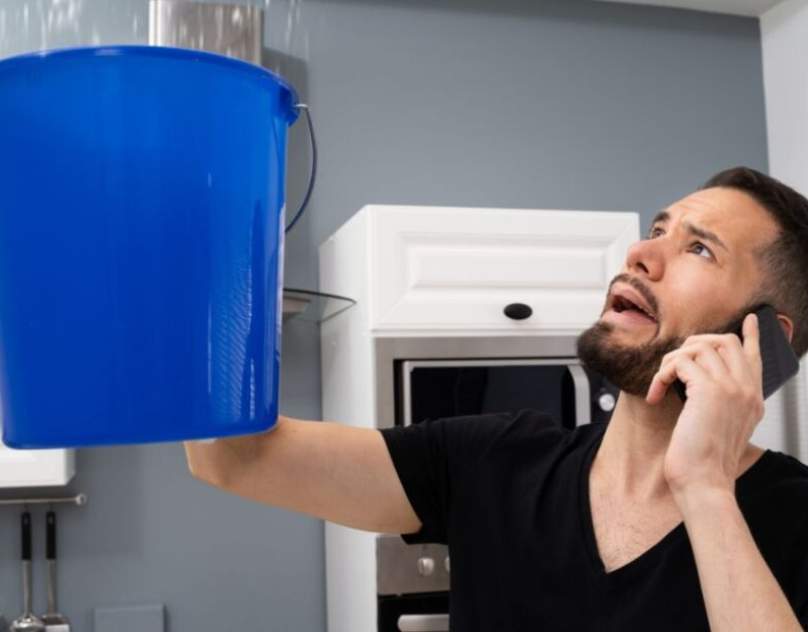Leak detection is the process of identifying the presence and location of a leak in a system, such as a plumbing system, a gas system, or an oil pipeline. There are several methods that can be used to detect leaks, including visual inspection, pressure testing, and the use of specialized equipment.
One common method of leak detection is pressure testing, which involves pressurizing the system and then checking for pressure loss over time. This can help to identify leaks in pressurized systems, such as gas lines and water pipes.
Another method is the use of specialized equipment, such as infrared cameras, acoustic leak detectors, and gas detectors. These tools can help to pinpoint the location of a leak more accurately and can be used in a variety of settings, including underground pipes and tanks.
It’s important to identify and repair leaks as soon as possible to prevent damage and costly repairs. Leaks can also be harmful to the environment, so it’s important to address them promptly to prevent any negative impact.
Water leak detection
There are several methods that can be used to detect water leaks, including visual inspection, pressure testing, and the use of specialized equipment.
Visual inspection is the most basic method of leak detection and involves looking for signs of a leak, such as water stains on walls or floors, mold growth, or the sound of running water. This method can be effective for detecting visible leaks, but may not be effective for detecting hidden leaks.
Pressure testing involves pressurizing the water system and then checking for pressure loss over time. This can help to identify leaks in the pipes, as the pressure in the system will drop if there is a leak.
Specialized equipment, such as moisture meters, thermal imaging cameras, and acoustic leak detectors, can also be used to detect water leaks. Moisture meters can detect the presence of moisture in materials, such as drywall or concrete, and can help to locate the source of a leak. Thermal imaging cameras can detect temperature differences that may indicate the presence of a leak, and acoustic leak detectors can pick up the sound of running water.
Signs of a water leak
There are several signs that may indicate the presence of a water leak:
- Wet or damp spots on walls, floors, or ceilings
- Increased water bills without an increase in water usage
- The sound of running water when all faucets are turned off
- The presence of mold or mildew
- The smell of sewage or rotten eggs
- Sudden changes in water pressure
- Unexplained wet areas in the yard or foundation cracks
If you notice any of these signs, it’s a good idea to have a plumber perform leak detection to locate and repair the leak. Ignoring a leak can lead to water damage, higher water bills, and even structural damage to your home.
This article was first published at https://topclickblogs.co.za/learn-more-about-leak-detection/
0






